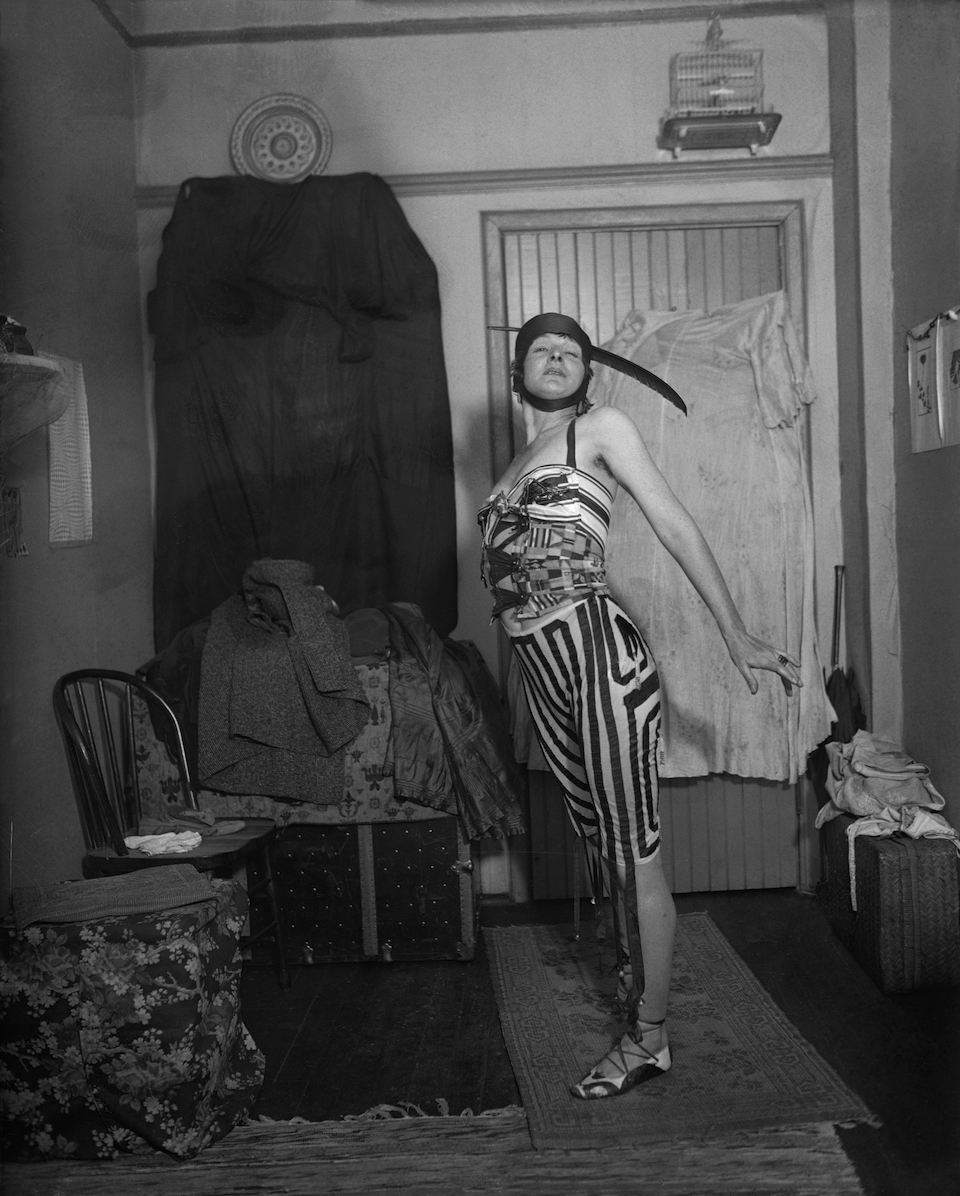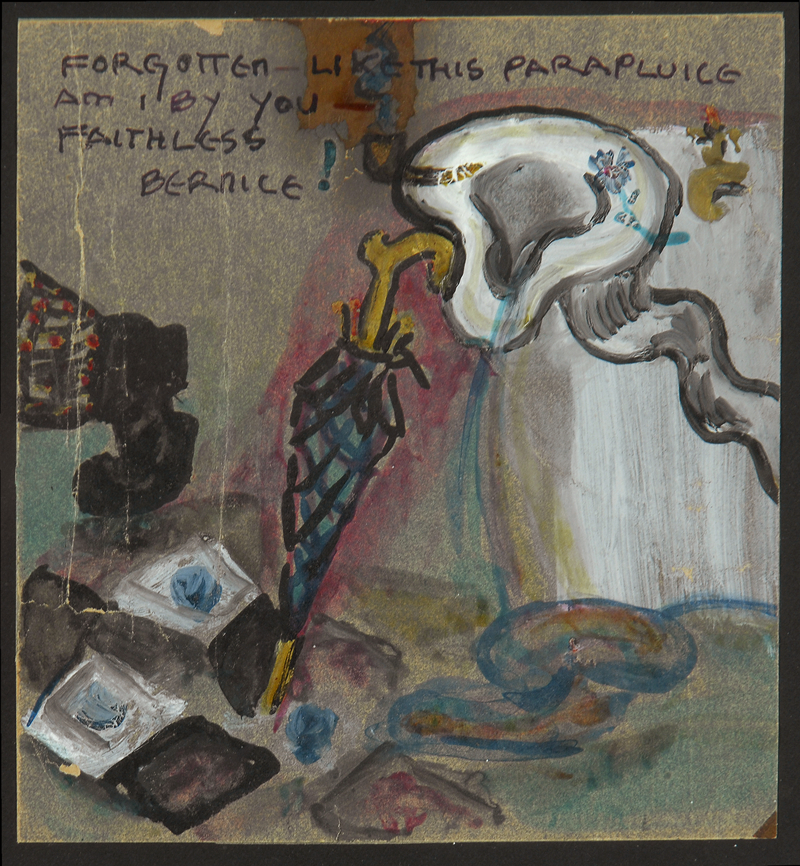In 1917, when the United States was about to enter the First World War and women in the United Kingdom had just earned their right to vote, a different matter occupied the sentiments of the small, modernist art scene in New York. It had organised an exhibit where anyone could show his or her art against a small fee, but someone had sent in a urinal for display. This was against even the most avant-garde taste of the organisers of the exhibit. The urinal, sent in anonymously, without title and only signed with the enigmatic ‘R. Mutt’, quickly vanished from view. Only one photo of the urinal remains.
Theo Paijmans, June 2018
In 1935 famous surrealist artist André Breton attributed the urinal to Marcel Duchamp. Out of this grew the consensus that Duchamp was its creator. Over time Duchamp commissioned a number of replicas of the urinal that now had a name: Fountain – coined by a reviewer who briefly visited the exhibit in 1917. The original urinal had since long disappeared. In all probability it had been unceremoniously dumped on the trash heap, but ironically it was destined to become one of the most iconic works of modern art. In 2004, some five hundred artists and art experts heralded Fountain as the most influential piece of modern art, even leaving Picasso’s Les Demoiselles d’Avignon behind. Once again it cemented the reputation of Duchamp as one of the towering geniuses in the history of modern art.

Portrait of Elsa von Freytag-Loringhoven
In 1982 a letter written by Duchamp came to light. Dated 11 April 1917, it was written just a few days after that fateful exhibit. It contains one sentence that should have sent shockwaves through the world of modern art: it reveals the true creator behind Fountain – but it was not Duchamp. Instead he wrote that a female friend using a male alias had sent it in for the New York exhibition. Suddenly a few other things began to make sense. Over time Duchamp had told two different stories of how he had created Fountain, but both turned out to be untrue. An art historian who knew Duchamp admitted that he had never asked him about Fountain, he had published a standard-work on Fountain nevertheless. The place from where Fountain was sent raised more questions. That place was Philadelphia, but Duchamp had been living in New York.
Who was living in Philadelphia? Who was this ‘female friend’ that had sent the urinal using a pseudonym that Duchamp mentions? That woman was, as Duchamp wrote, the future. Art history knows her as Elsa von Freytag-Loringhoven. She was a brilliant pioneering New York dada artist, and Duchamp knew her well. This glaring truth has been known for some time in the art world, but each time it has to be acknowledged, it is met with indifference and silence.
This article addresses the true authorship of Fountain from the perspective of the latest evidence, collected by several experts. The opinions they voice offer their latest insights. Their accumulation of evidence strengthens the case to its final conclusion. To attribute Fountain to a woman and not a man has obvious, far-reaching consequences: the history of modern art has to be rewritten. Modern art did not start with a patriarch, but with a matriarch. What power structure in the world of modern art prohibits this truth to become more widely known and generally accepted? Ultimately this is one of the larger questions looming behind the authorship of Fountain. It sheds light on the place and role of the female artist in the world of modern art.
Why did Elsa von Freytag-Loringhoven never claim Fountain as her work? She never had the chance. While she lived the urinal was thrown out, became lost and quickly forgotten. She died in 1927, eight years before Bréton attributed Fountain to Duchamp for the first time. Decades after her death Duchamp began to commission the first replica of Fountain. While he rose to superstardom, she ended as a footnote in the history of modern art. Her artist career is exemplary for what has happened to countless other female artists who were ignored, marginalized and ostracized from the canon.
In this larger frame, the true story about who really created Fountain’s is one poignant example out of many. It is time for art history to be rewritten – and that time is now.

Elsa von Freytag-Loringhoven, Forgotten like this parapluice am I by you – faithless Bernice! (circa 1923)
This is an abstract from the Dutch article ‘Het urinoir is niet van Duchamp’ that is published in See All This art magazine’s summer issue. For his research, the author interviewed Irene Gammel (biographer of Elsa von Freytag-Loringhoven and professor at the Ryerson University in Toronto), Glyn Thompson (art historian, curator and writer), Julian Spalding (art critic and former director of Glasgow museums and galleries), and John Higgs (cultural historian and journalist).
The summer issue of See All This magazine is dedicated to 99 genius women in the art world, to celebrate the voice of women and the 100th anniversary of women’s right to vote in the Netherlands in 2019. Buy this issue online.
Reacties op The iconic Fountain (1917) is not created by Marcel Duchamp